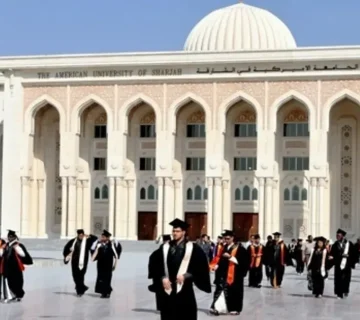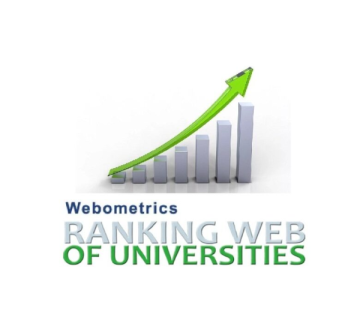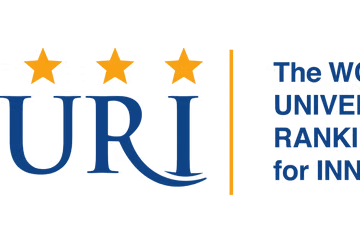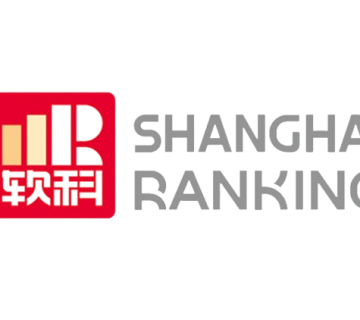Arab Region University Rankings 2025
University Rankings: How Arab Universities Perform Globally
Introduction
In today’s higher education landscape, university rankings hold significant weight for institutional reputation, student recruitment, and policy-making worldwide. Arab universities have made considerable strides in recent years, increasing their visibility and competitiveness on the global stage. This article analyzes the performance of Arab universities in international rankings, the factors driving their rise, and the persistent challenges that shape their global standing.
Historical Context and Growth
The Arab world, comprising 22 countries across Western Asia and North Africa, boasts some of the world’s oldest universities, such as Al-Qarawiyyin (859 AD) and Al-Azhar in Egypt (970 AD). However, modern higher education institutions in the region are relatively recent expansions, with significant growth in private universities over the past few decades. Today, Arab countries have over 500 universities and an increasingly diverse academic landscape.
Performance in Global Rankings
Rise in Representation
- The number of Arab universities included in global rankings has increased tenfold over the last decade, reflecting rapid improvement in research output, infrastructure, and internationalization policies.
- Saudi Arabia and the United Arab Emirates dominate the top tier, with King Fahd University of Petroleum and Minerals (KFUPM) and King Abdullah University of Science and Technology (KAUST) consistently ranking highest regionally and breaking into the global top 100 for the first time in 2025.
Indicators of Success
- Leading Arab universities excel in research impact, scientific productivity, and international networking, which are key metrics in most global ranking methodologies.
- Strategic investment in research capacity, English-taught programs, and international collaboration have been pivotal for institutions such as KAUST, Qatar University, and Khalifa University.
- Despite growing representation, the region’s contribution to global scientific publishing remains low (about 0.01–0.3% of world output) compared to leading countries.
Ongoing Challenges
Research and Innovation
- Arab countries invest only 0.2–0.4% of GDP in research and development—far below global leaders. This constraint limits innovation and scientific output.
- The number of researchers per million inhabitants is substantially lower than in developed nations, indicating a need for further capacity building.
Language Policy: Englishization vs. Arabicization
- The shift toward English as a medium of instruction in major universities has facilitated international recognition and alignment with global research, but raises concerns about the preservation of Arabic identity and accessibility.
- Some countries have attempted Arabicization of curricula, but these efforts have faced significant challenges due to limited scientific resources in Arabic and lower global employability for graduates of non-English programs.
Quality Assurance and Internationalization
- Efforts are ongoing to develop robust quality assurance frameworks and accreditation standards. Many universities still struggle to meet global benchmarks in governance, research quality, and infrastructure.
- International branch campuses and transnational collaborations have helped accelerate modernization and global competitiveness.
Talent Migration
- Brain drain remains a critical issue, with up to 31% of highly skilled professionals leaving the region for opportunities abroad, undermining local innovation ecosystems.
Strategic Recommendations
- Increase investment in research and development, targeting priority areas relevant to socio-economic development.
- Strengthen international collaborations and networks to foster academic mobility and joint research.
- Balance language policies to maintain heritage while enabling global competitiveness.
- Enhance quality assurance systems and governance structures for sustainable improvement.
Conclusion
Arab universities are on a promising trajectory, with notable improvements in global rankings and institutional development. Sustained policy reforms, strategic investment, and active international engagement are vital for further progress. While significant challenges remain, the region’s success stories demonstrate the potential to establish world-class institutions and make impactful contributions to global higher education.
Keywords
- Arab universities
- Global university rankings
- Higher education
- Research productivity
- Quality assurance
- Englishization
- Arabicization
- Internationalization
- Scientific publishing
- Brain drain
References
- Abdel Latif, M. M. M., & Alhamad, M. M. (2023). Arabicization or Englishization of higher education in the Arab world? Controversies, policies and realities. Frontiers in Psychology, 14, 1093488. https://doi.org/10.3389/fpsyg.2023.1093488
- Abu-Orabi, S. T. (2012). Scientific Research & Higher Education in the Arab World. Association of Arab Universities.








No comment